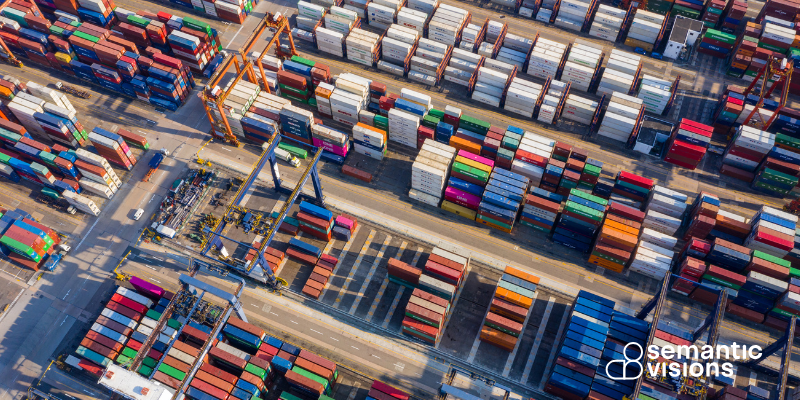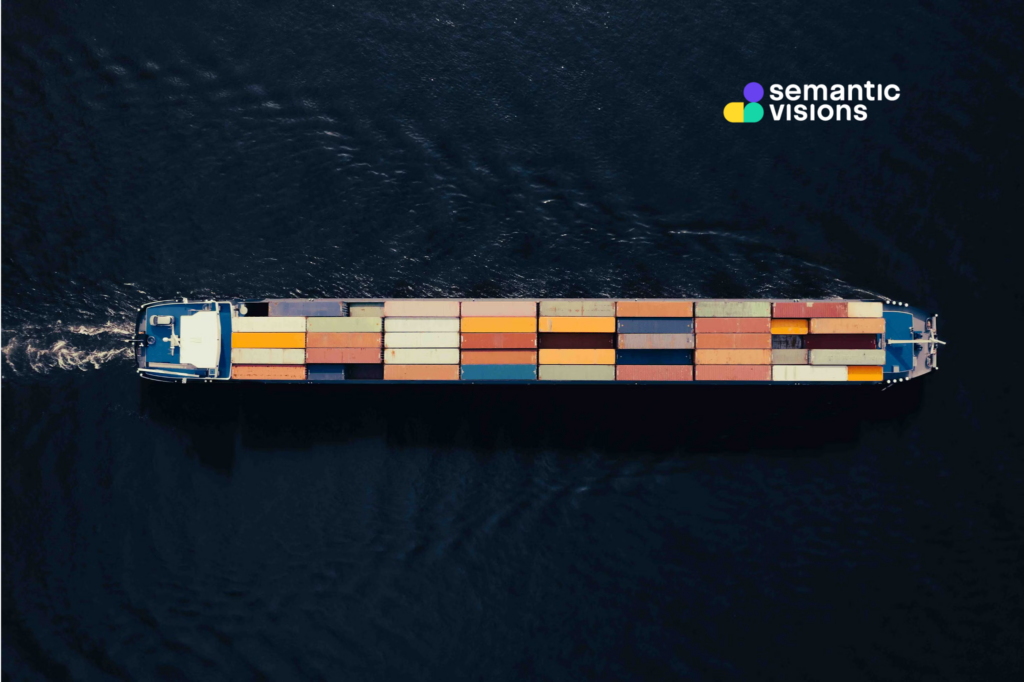4 min read
USA Today – Revolutionizing Supply Chains: How Semantic Visions is Transforming Risk Management with AI
This article was originally published in USA Today, where Jan Balatka, Managing Director of Semantic Visions, discusses how Semantic Visions is transforming AI supply chain management with advanced risk detection and data-driven insights.
As global supply chains grow increasingly complex, innovative solutions are becoming essential for resilience and efficiency. Jan Balatka, Managing Director of Semantic Visions, brings nearly two decades of experience in consulting and AI leadership to this challenge. His expertise in AI supply chain management shapes the company’s efforts to use advanced technologies like artificial intelligence (AI) and data-driven tools to help businesses tackle these issues head-on.
Understanding Today’s Challenges
Modern supply chains are under pressure from increasing regulations, globalization, and rapid technological change. “These challenges are creating difficulties not just for manufacturers but for every layer of the supply chain,” says Balatka. Drawing from his years working with global businesses, he understands the critical need for solutions that provide visibility and control across supply networks. Semantic Visions addresses this by offering AI-powered tools that monitor risks and identify opportunities, even within often-overlooked lower tiers of the supply chain.
How Technology is Driving Change
Semantic Visions employs a range of technologies to transform supply chain management:
- AI and Automation: Advanced AI models analyze structured and unstructured data, providing faster and more accurate decision-making. Balatka’s background in AI leadership ensures these models meet the diverse needs of supply chain operations.
- Global Monitoring: Their system tracks over 13 million companies worldwide, scanning information in 12 languages to detect potential disruptions like financial instability or delays at ports.
- Seamless Integration: Using low-code/no-code platforms, Semantic Visions helps businesses connect legacy systems to modern tools, reducing inefficiencies—a challenge Balatka frequently encountered in his consulting career.
Removing Barriers to Transformation
Despite the benefits of digital tools, many businesses face challenges like limited IT resources and fragmented systems. “Supply chain teams often have to compete with other departments for IT support,” Balatka notes. His experience in working with resource-constrained organizations informs Semantic Visions’ approach: start small by focusing on areas with the most significant impact and gradually expand efforts. Outsourcing IT resources or using AI tools to bridge language and time zone gaps can also help.
The Future of Supply Chains
Balatka predicts that automation and the use of both software and hardware robots will play a key role in addressing labor shortages and improving efficiency. For companies just starting their digital transformation journey, he advises focusing on critical pain points and adopting widely used platforms for smoother transitions.
A Practical Lesson in Supply Chain Management
Balatka’s experience in consulting often revealed how small oversights could have significant impacts. In one case, a client’s packaging strategy led to inefficiencies, with single pens being shipped in oversized boxes—wasting resources and driving up costs. By combining open-source intelligence (OSINT) data with AI, Semantic Visions enables companies to uncover similar inefficiencies that might otherwise go unnoticed. For example, their AI-driven tools can detect subtle supply chain disruptions, such as delays caused by specific suppliers or inefficient processes, by analyzing unstructured data from global sources. This ability to pinpoint overlooked details helps businesses refine their operations and avoid costly mistakes, ensuring greater efficiency throughout the supply chain.
Looking Ahead
Semantic Visions aims to expand its reach and provide greater visibility into multi-tiered supply chains. “Our goal is to help businesses understand their supply chains beyond the first tier,” Balatka explains. By integrating his deep industry knowledge into Semantic Visions’ strategy, Balatka is positioning the company to lead the digital transformation of supply chains worldwide.
As digital transformation accelerates, leaders like Balatka with Semantic Visions are paving the way for a more resilient and efficient supply chain industry.





